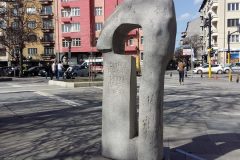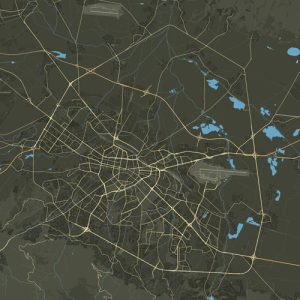Fritjof Nansen, a prominent Norwegian figure, was a multifaceted individual known for his contributions as a polar explorer, oceanographer, diplomat, humanist, philosopher, and recipient of the 1922 Nobel Peace Prize. Born on October 10, 1861, on the Sture Freon estate near Oslo, he hailed from a family with a background in the judiciary, as his father served as a district court clerk.
Nansen’s prowess in skiing emerged during his teenage years, leading him to achieve first-class status and secure multiple victories in Norwegian skiing championships. Following his secondary education, he enrolled at the University of Christiania, known today as Oslo University, focusing on Zoology.
At the young age of 20 in 1882, Nansen embarked on a significant voyage aboard the ship “Viking” in the Greenland Sea, participating in a biological expedition focused on seal hunting. This Arctic journey became pivotal in shaping his future endeavors as a polar explorer. Upon completing his education in 1883, he commenced work as a laboratory assistant in zoology at the Bergen Museum.
His academic pursuits took him further afield, as he spent time from 1885 to 1886 in Italy, collaborating at the University of Parma under the guidance of Professor Golgi. Additionally, he contributed to research at the inaugural European marine biological station in Naples. Nansen’s scientific achievements were recognized in 1886 when he was honored with a prestigious large gold medal from the Royal Academy of Sciences for his groundbreaking research on the cellular structure of nervous tissue, a milestone that also earned him a doctoral degree.




